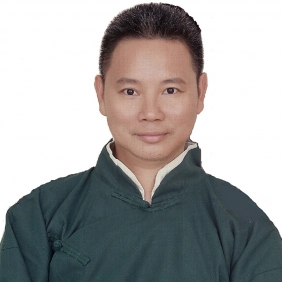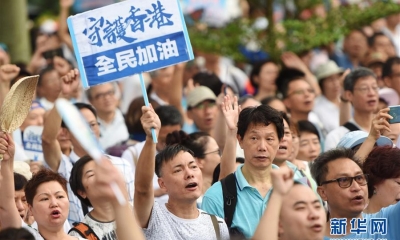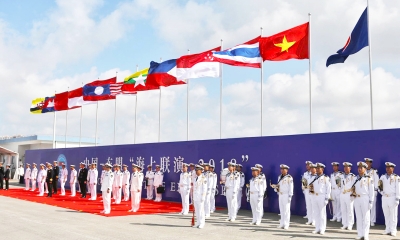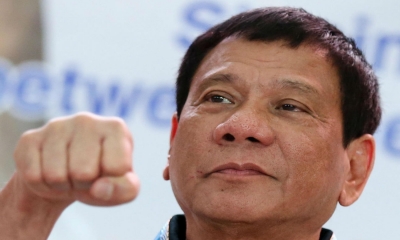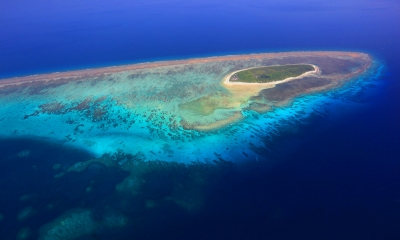South China Sea Issue will not Impede China-Philippine Relations
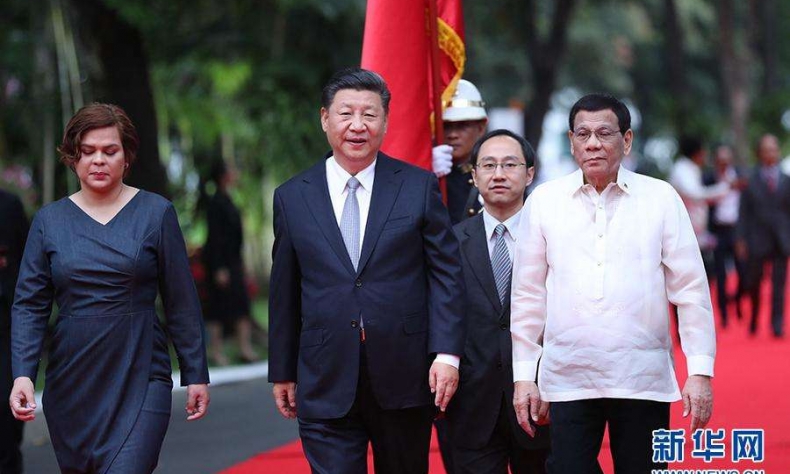
At the last 33rd ASEAN Meeting in November 2018, Duterte directly appealed the US to stop intervening in the South China Sea issue.
China’s President Xi Jinping arrived in the Philippines on November 20 for a two-day State visit after 13 years of suspension of the visit to the Philippines by China’s head of State. There had been great tension in China-Philippine relations for a long time due to the South China Sea disputes, and the relations dropped to the freezing point when the so-called South China Sea Arbitration was proposed by the Philippines in 2016. However, President Rodrigo Duterte has been taking mild policies which are opposite to his former predecessors towards the South China Sea issue after he took office, and China-Philippine relations are now seeing a turnabout and getting closer. Duterte has paid three State visits to China. As a return visit, Xi’s keynote was dialogue and cooperation.
The Crux of China-Philippine Relations: The South China Sea
The South China Sea issue nearly dominated every topic of discussion concerning China-Philippine relations during the administration of Corazon Aquino. Bilateral political relations, economic and trade cooperation and people-to-people exchanges between the two countries also suffered severe negative effects because of it. It also led to a strike in security pressure, which further deteriorated Philippine domestic economy and society.
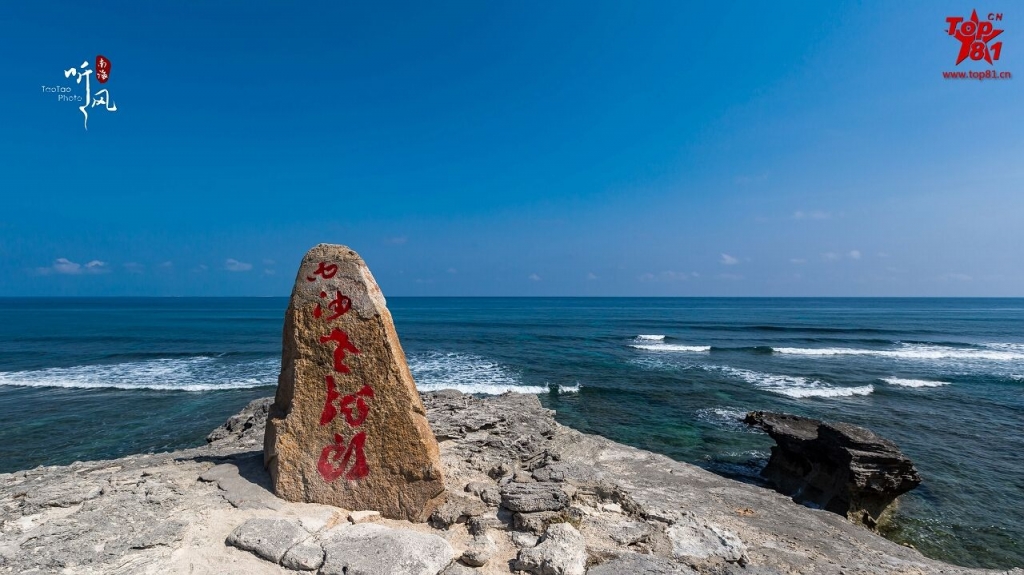 After Duterte took office in 2016, the priority of the government has shifted to tackling domestic economic and social problems. The Duterte administration has declared that it agrees to shelve the South China Sea Arbitration and initiate bilateral negotiation with China to discuss the possibility of joint development in disputed waters. Now with the joint effort of both parties, China-Philippine relations are turning for the better, and the South China Sea issue is brought back to the track of dialogue and consultation.
After Duterte took office in 2016, the priority of the government has shifted to tackling domestic economic and social problems. The Duterte administration has declared that it agrees to shelve the South China Sea Arbitration and initiate bilateral negotiation with China to discuss the possibility of joint development in disputed waters. Now with the joint effort of both parties, China-Philippine relations are turning for the better, and the South China Sea issue is brought back to the track of dialogue and consultation.
China-Philippine political mutual trust has been promoted since then, and cooperation in different sectors has returned to normal and seen progress. The Philippines, as the rotating ASEAN presidency, also proactively cooled down the South China Sea issue at the ASEAN 2018g. In August 2017, ASEAN Foreign Ministers’ Meeting held in Manila passed the draft framework of the Code of Conduct for the South China Sea, which symbolized that China and ASEAN countries were making a stride forward on the establishment of a binding code of conduct.
Right berfore his State to the Phillipines, Xi published a signed article in Philippine mainstream newspapers, stating that “since President Duterte took office, China and the Philippines have reengaged in dialogue and consultation for the proper handling of the South China Sea issue. Our relations have now seen a rainbow after the rain”.
The Philippines will not comply with the US
The US has been dispatching warships and military aircrafts to cruise in waters near the islands and reefs in the South China Sea as an action to display the “freedom of navigation” since Donald Trump took office in 2016. Its provocation towards China has rendered an increase of risk in China-US air and naval military interactions. Strikingly, USS John C. Stennis (CVN-74) and the USS Ronald Reagan (CVN-76) Carrier Strike Group is underway in the Philippine waters, operating a massive scale of joint military drill that summons 10 warships, about 150 various military aircrafts and 12,600 servicemen. The analysis of this action shows that the intention of the US showing muscle in the region is to manifest that it can operate freely in any waters if it wants to, including the South China Sea, but the deeper consideration is to provoke the unrest in this region, to disrupt China-ASEAN cooperation and to seek the means to promote Indo-Pacific strategy.
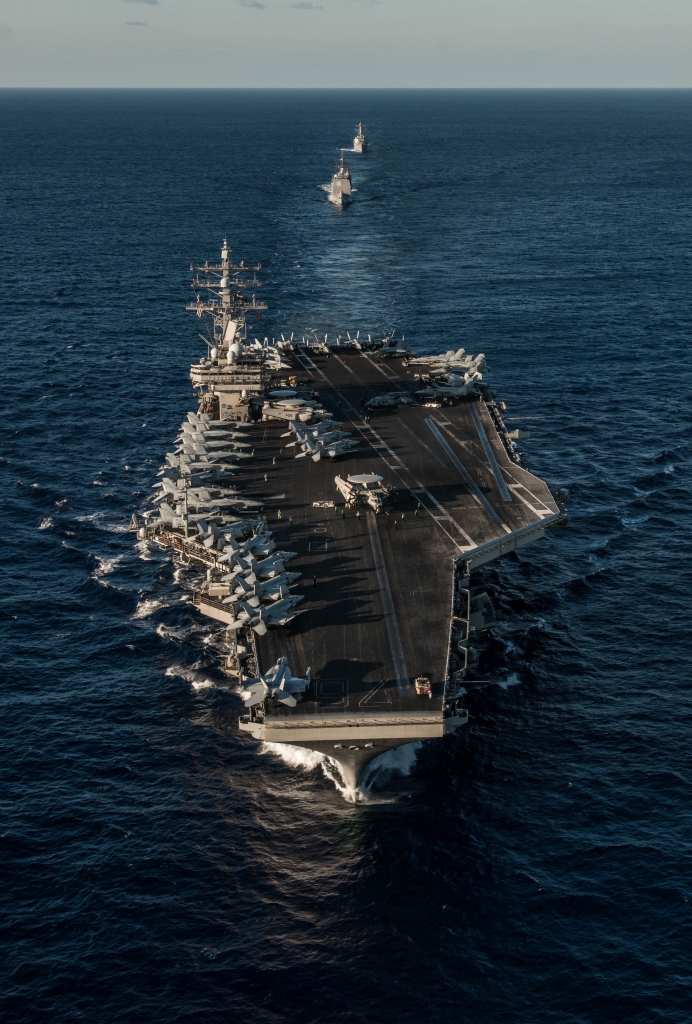
The constant interference of the US to the South China Sea issue has made the security situation of the region become more complex, and has forced ASEAN countries into a tight corner of choosing side between China and the US. Under this circumstance, the stand and attitude of the Philippines, the only ASEAN country who is the ally of the US and intends to claim the sovereign right in the South China Sea at the same time, are arresting world attention. However, it is not quite likely that the Philippines will comply with the US on the matter out of the consideration of its own administration stability and its own interests. Duterte has realized that US interference in the South China Sea aims at curbing what it claims China’s expansion and promoting Indo-Pacific strategy for its own good, but not to benefit the involved countries in the region. To see the matter historically, the South China Sea issue is not what China-Philippine relations are all about, and should not be the sheer divergences and disputes between the two countries.
China and ASEAN have decided to accelerate the progress of making the Code of Conduct in the South China Sea, so as to safeguard the peace and stability of the region. At the last 33rd ASEAN Meeting in November 2018, Duterte directly appealed the US to stop intervening in the South China Sea issue.
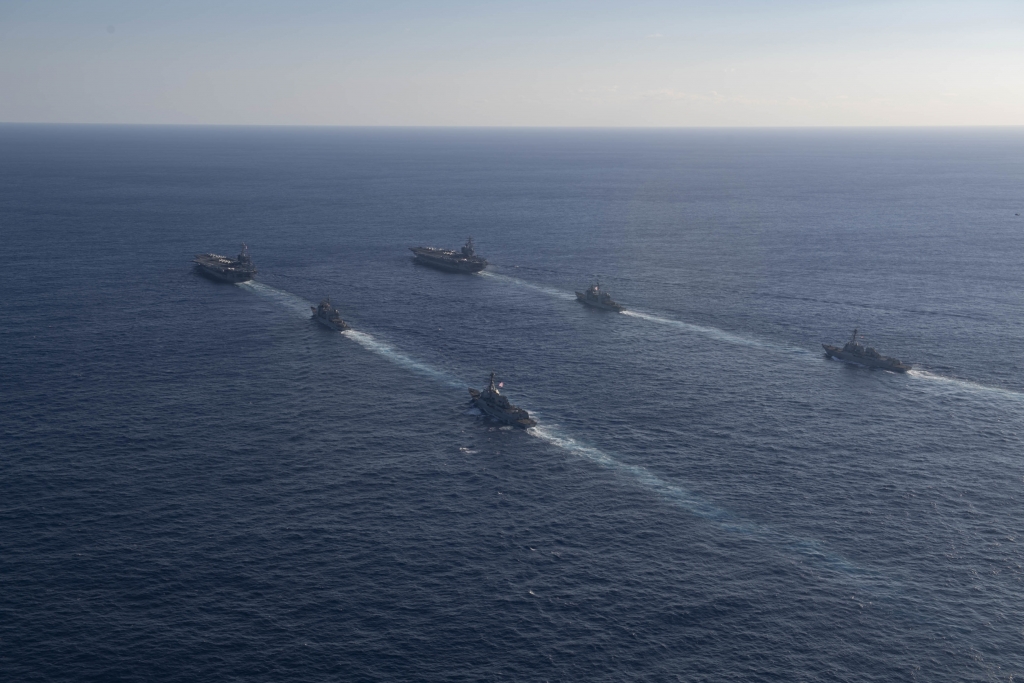
To Narrow Divergences Through Cooperation
China and the Philippines have achieved outstanding results in improving and developing their overall relations in the last two years. China has become the Phillipines’ biggest trade partner, biggest export destination and import origin country, and the second largest tourists’ country of origin in such a short time, and the cooperation between China and the Philippines has presented the new feature of increase in both politics and economy. At the First China International Import Expo in early November, Philippine companies clinched deals more than a hundred million US dollars. What excites them more is that the newly opened e-commerce channel is expected to bring Philippine specialties including fruits, foodstuff and beverages to Chinese innumerable households.
Philippine Department of Trade and Industry (DTI) Secretary Ramon Lopez considered the “Belt and Road” Initiative a very beneficial program for the Philippines, and by complementing it to the Philippines’ “Build, Build, Build” strategy that is expected to bring about an infrastructure boom, China and the Philippines can work together to create more opportunities. According to the research report of Japanese Nomura Securities in the early days, the Philippines will be one of the four Asian economic entities that benefit most from the construction of the “Belt and Road”. And as the World Bank predicted, the Philippines will become the fastest growing economic entity in ASEAN countries in 2018.
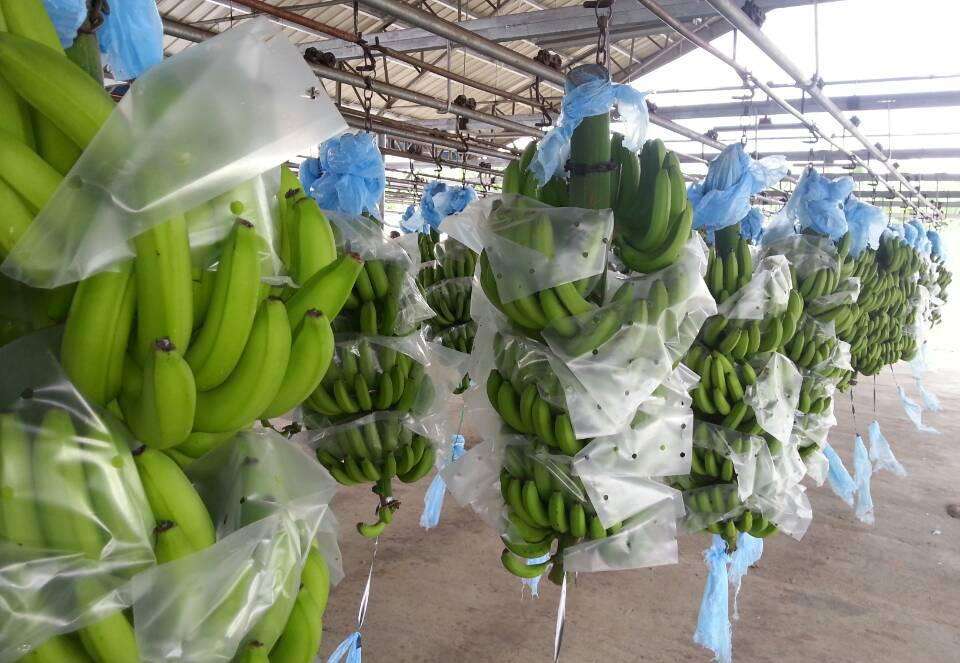
During Xi’s visit, the heads of the two countries drew out new strategic plans for the future of China-Philippine relations. In regard to the South China Sea, the focus is not on divergences but cooperation. As reported by Philippine media, the framework agreement of the joint exploration in the South China Sea to be signed will help resolve problems of the Philippines’ domestic inflation and high oil price, and is even more beneficial for tamping the foundation of common interests of China-Philippine relations.
Even though disputes over islands and reefs in the South China Sea will not be eliminated in the short run, maintaining the open dialogues and expanding common interests of both parties will boost mutual trust, effectively manage divergences and disputes and create conditions for settling disputes at last.
By Yang Shengyun, researcher of Global Strategy Think Tank
 Facebook
Facebook
 Twitter
Twitter
 Linkedin
Linkedin
 Google +
Google +



